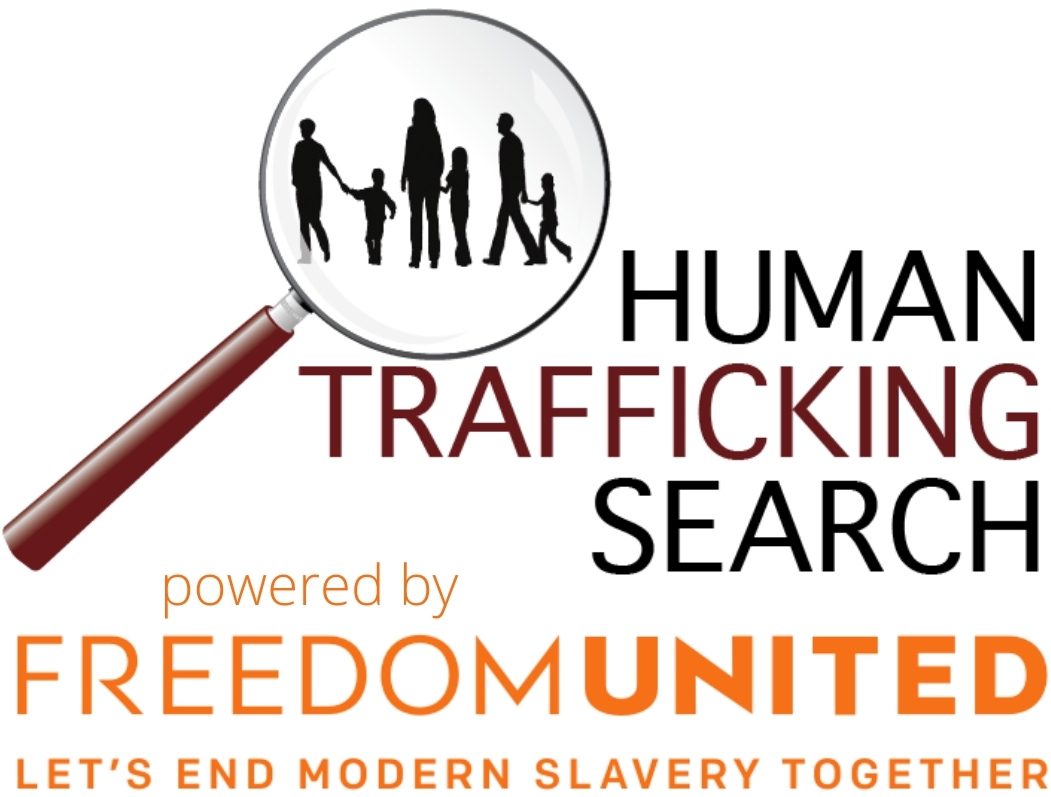
Can “good” food be hiding the dirty secret of forced labor?
Health campaigns worldwide push people to eat more fruit, fish, and dairy in the name of wellness. But a new study warns that these foods often come with a hidden cost: forced labor.
Researchers from Tufts University and the University of Nottingham found that some popular “healthy” diets promoted globally may depend on ingredients produced under exploitative conditions. The study traces the risk of forced labor across food supply chains—from fruit farms and nut plantations to slaughterhouses and fishing vessels.
Food that harms while it nourishes
Researchers assessed over 200 foods found in globally recommended diets, rating each based on how and where it’s grown, harvested, or processed. Their findings show that foods often promoted as “healthy”, carry some of the highest risks of forced labor. The study found seafood among the most exploitative sectors, and handpicked fruits and hand-shelled nuts followed close behind. In an article written by Tufts University and published by Phys.org, Co-author Nicole Tichenor Blackstone, said:
“We found that recommended healthy diets could have higher or lower risk of forced labor compared with what Americans currently eat, depending on the mix of foods,”
Protein foods overall posed the greatest risk across all diets studied. This category included seafood, plant-based proteins, and livestock farming. For livestock farming, researchers evaluated risks linked to slaughtering, meat processing, and animal feed production.
